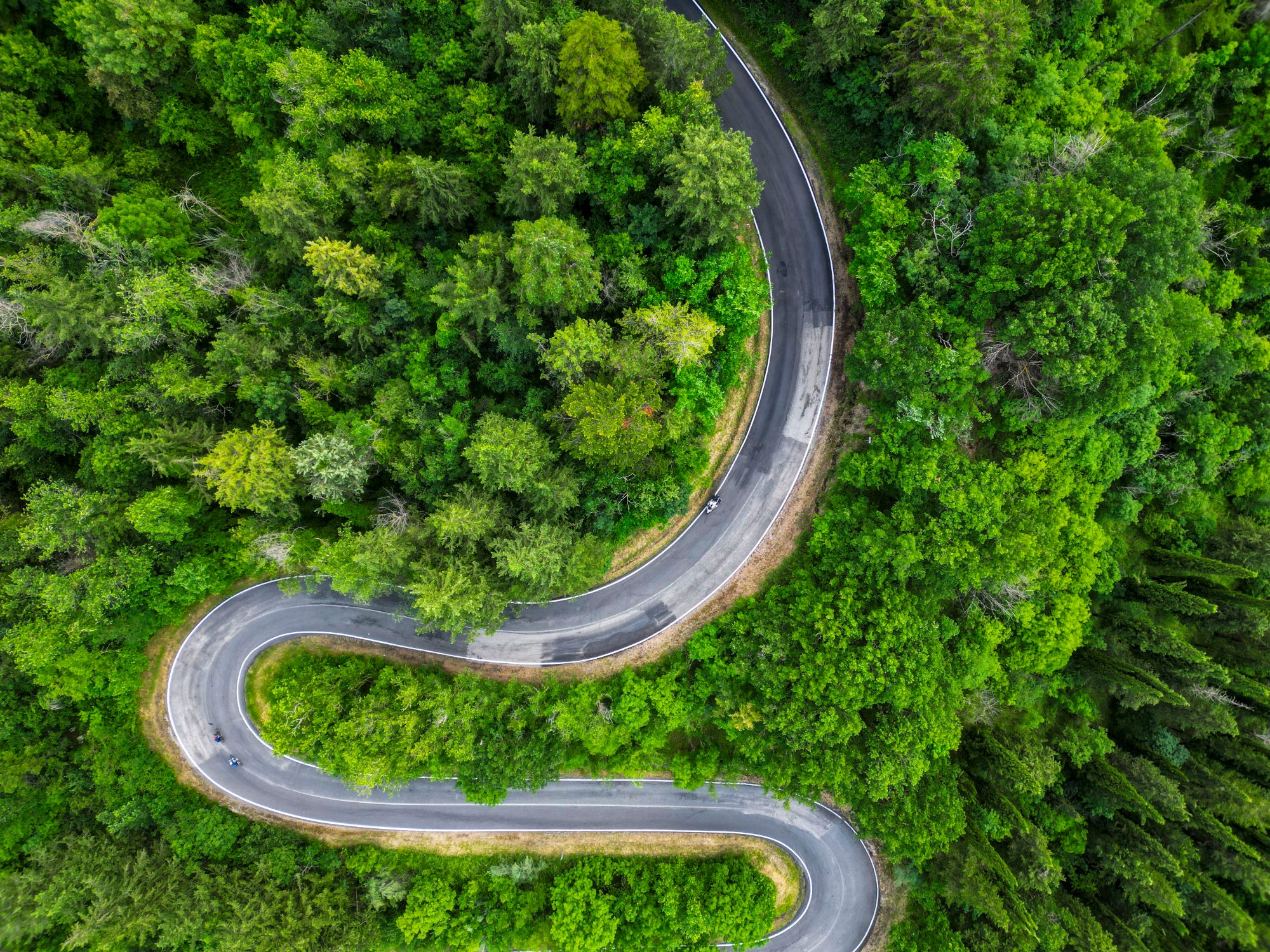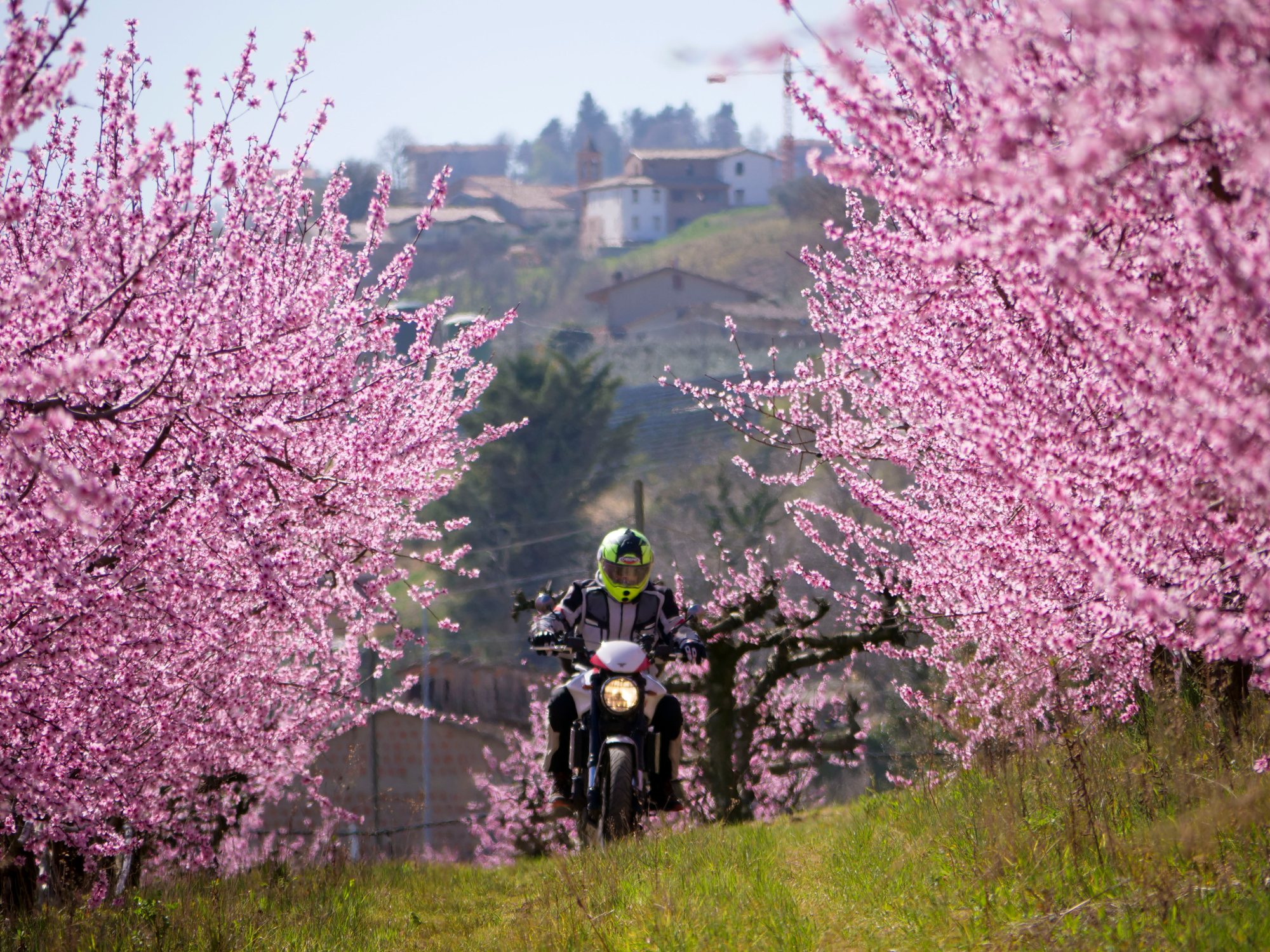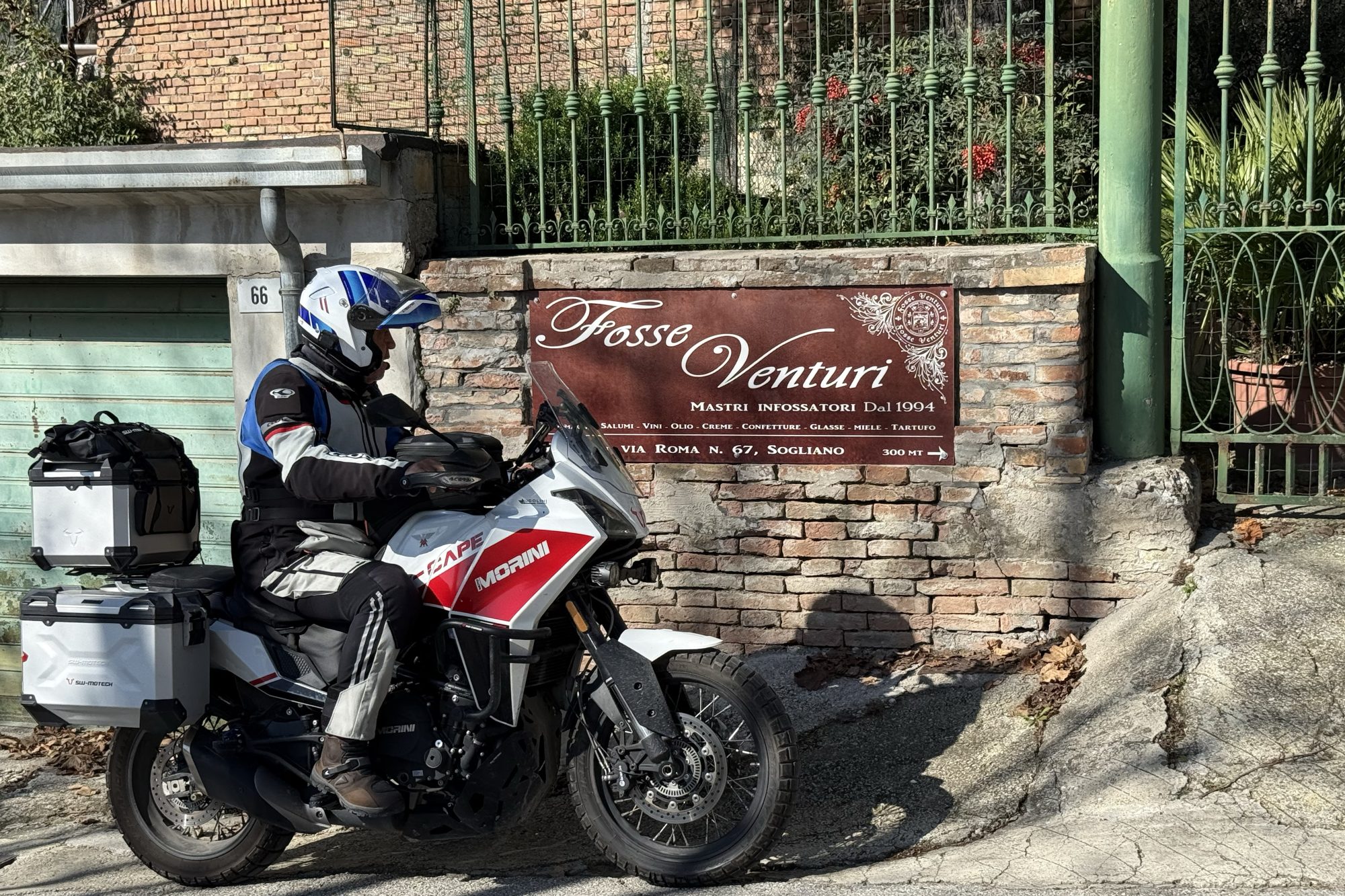
Itinerary: Bellaria - Igea Marina (km 0), San Vito (km 12), Savignano sul Rubicone (km 16), Longiano (km 23), Sogliano al Rubicone (km 37), Perticara (km 60), San Leo (km 78), Faetano (km 100), Montescudo (km 104), Montefiore (km 115), Saludecio (km 126), Mondaino (km 130)
Duration: 36 hours
Total length: 130 km
Difficulty: easy
When to start: from the end of March to the end of November
Bikes: all
Our journey begins here, where the waters of the Uso River merge in an embrace with the intense blue of the Adriatic Sea. On the left side of the port lies the town of Bellaria; on the other, Igea Marina, the town baptized at the beginning of the 20th century by the Rimini doctor, Vittorio Belli, with the name of the daughter of Asclepius, the god of medicine, inspired by the balneotherapy vocation of this centre that arose ex novo on the sandy dunes between the Uso River and Torre Pedrera.
Leaving behind the charm of the colourful boats of the Bellaria navy, we head inland. After a few kilometres, leaving the state road to follow the secondary roads of the hinterland, we come across the Benelli Castle, located in the Bordonchio countryside, on land that once belonged to the family of the Torlonia Princes.
We resume our journey by motorbike along the banks of the Uso river, until we cross the Vecchia Via Emilia. This ancient route, which once connected Rimini to Piacenza, passed through some of the most important cities in the region, such as Forlì, Bologna, Modena and Parma. It is here that, near the beautiful parish church, lie the remains of the medieval bridge of San Vito, of Roman origin, and of which only one arch survives today. Many historians maintain that it was under these arches that the “real” Rubicon flowed, the river that Caesar crossed on January 10, 49 BC, beginning his march to Rome. This is a debate that is still open and which adds charm to this place steeped in history.
We continue towards Villa Torlonia, also known as “La Torre”, immersed in the Romagna countryside. This residence, once part of the rural possessions of the Princes of Torlonia, is inextricably linked to the poetry of Giovanni Pascoli. Here, in fact, the poet saw the return of the faithful “cavallina storna” (dappled filly) that brought his father Ruggero home after he was murdered while returning from the market in Cesena. The villa, surrounded by linear and picturesque landscapes, is a place that has fascinating, ancient stories to tell.
Our journey now continues towards Savignano sul Rubicone, to then reach Longiano, a medieval hamlet perched on a hill and dominated by its Malatesta family castle. Longiano, built as a military stronghold against Lombard incursions, is a jewel of history and architecture. From here, we move towards Roncofreddo, a village that retains a uniquely distinctive atmosphere despite the signs left by the passage of the battlefront during the Second World War.
Following the 18 hairpin curves of the Cioca, we climb up from the river to Sogliano sul Rubicone to meet the DOP Fossa Cheese of Sogliano sul Rubicone, a dairy product with medieval origins. Tradition has it that the farmers, to protect the cheese from the raids of the armies, hid it in the sandstone pits typical of these places. Today, the pitting process is regulated by strict specifications: the pits are prepared with wheat straw and sealed with wood and mortar, allowing the cheese to mature for 80-100 days. The result is a product with an intense, unique flavor, celebrated every year in November during the festivals of Sogliano sul Rubicone, Talamello and Mondaino.
We continue towards Talamello, where the fossa cheese takes the name of “Ambra”, inspired by the poet Tonino Guerra. Here, the historic pits continue to guard the secret of a centuries-old tradition. Finally, we reach Mondaino, the final destination of our journey. This hamlet, with its Malatesta pits dating back to the 14th century, represents the culmination of a journey through history, nature and gastronomy. The pits, dug into the sandstone rock, were recovered and enhanced by the Chiaretti brothers, who revived an ancient tradition that finds a well-deserved moment of jubilation with a great celebration every year in November; this celebration takes place in the loggia-lined square of the village at the foot of the ancient Malatesta fortress.

